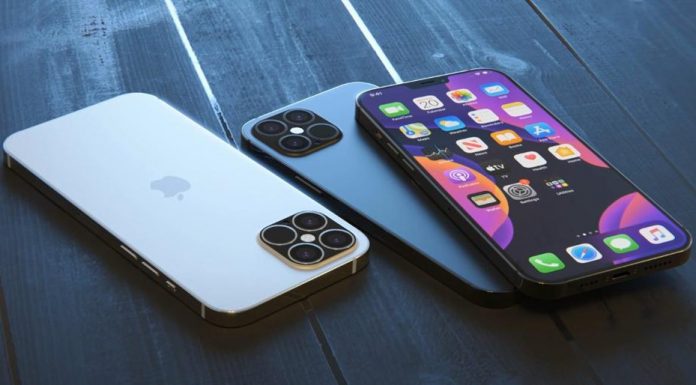Apple has come up with a design that allows more powerful batteries to be integrated into their mobiles, something that last year was a problem
One of the most common complaints about the iPhone, the size of its battery, could be solved in the next version of the phone. According to analyst Ming-Chi Kuo, who has reliable sources within Apple’s supply chain, the phones that the company will launch in late 2021 will have larger batteries.
The current models, the iPhone 12 and 12 Pro in their three available sizes (Mini, normal and Max), equip batteries of 2,227 mAh, 2,815 mAh and 3,687 mAh -miliaampere hours-, respectively. In the case of phones like the 12 Pro Max, it’s a decent size, but far removed from some of its competitors. Samsung’s Galaxy S20 Ultra, for example, has a 5,000 mAh battery.
Apple never includes the capacity of its batteries in the list of technical characteristics of the product, but it does offer an estimate of the experience that an average user can expect. According to the company, the iPhone 12 Mini can play streaming video for 10 hours, one less than the normal-size iPhone 12 or 12 Pro and 2 hours less than the iPhone 12 Pro Max.
AND MORE STORAGE
Part of the difficulty that Apple had when trying to use larger batteries is in the internal components that it uses in the iPhone. The motor that produces the vibrations of the phone, for example, is more precise than that of other phones on the market but at the cost of being also larger.
The batteries of the iPhone 12, in fact, are smaller than those that Apple had used in previous models precisely because it had to accommodate new internal components in this generation, such as the 5G communication chip and its antenna.
The redesign of several of the internal elements in the iPhone of 2021, according to Kuo, will nonetheless allow to finally expand the capacity of the batteries, although the analyst has not specified how large they will be.
This does not necessarily mean that the autonomy of the phones will be greater. Rumors suggest that this year Apple will introduce screens with variable refresh rates capable of reaching 120 Hz when they need to display smooth moving images (for example when scrolling or playing a game). These types of screens, which are already common in phones from other manufacturers, can consume much more energy when some content is displayed. In return, they allow you to save on consumption at other times.
It is also expected that Apple will incorporate new processors in the 2021 phones, the A15, which will possibly have a lower consumption. The balance between these components, therefore, will determine whether the use of larger batteries also translates into greater autonomy.


